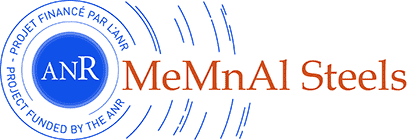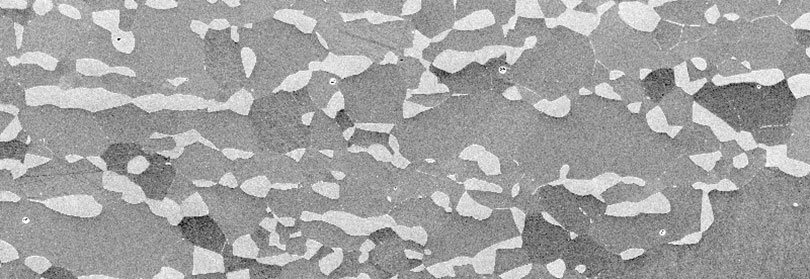Development of 3rd generation duplex steels for automotive applications - Développement d’aciers de 3ème génération

Matériaux et Procédés pour Produits Performants 2013
ANR-13-RMNP-0002
Last articles in 2019
-----------------------------



A 1st generation of very high strength steels (HSS) gave rise to high mechanical properties resulting from design and control of the microstructure. Dual-Phase and TRIP steels are two of the typical grades. A 2nd HSS generation is under development based on the TWIP mechanism; however, the industrial manufacturing is not straightforward.
The aimed properties (UTS above 1,000 MPa, uniform elongation larger than 15%, and, when possible, the density decreased by 5 to 10% with respect to standard carbon steel) require the development of a new steel generation. Their metallurgy is based on medium Mn, medium Al, steel grades (Mn between 5 and 8 wt%, Al lower than 8 wt%).
The MeMnAl Steels project is devoted to understanding the physical mechanisms involved in the development of these new steels, in particular those governing microstructural evolutions and deformation. Based on the expected results, these microstructural evolutions and the final properties will be modelled. Physical metallurgy and mechanical metallurgy approaches will be combined to map the final capabilities of these steel grades, to predict their ultimate behaviour, and to assist in defining the main stages of the industrial processing. These approaches are performed in a multi-scale and multi-physics framework. The ultimate goal is to capitalize the whole knowledge acquired during the project to build a model supporting the developments of these new steel grades. It will help to define, in an easy and reliable way, the composition domains and the optimal processing schedules to reach the mechanical behaviour and, thus, to speed-up industrial developments.



